Soon it will be that time of year again – Ferragosto, August 15th: one single holiday that justifies the shutting down of Italy for a whole month.
Most families will be going on mandatory vacations of two to three weeks as firms, public and private offices, and even clinics will be closed, with reduced medical staff in hospitals. The whole country takes a long break, leaving many foreigners baffled.
READ ALSO: Everything you need to know about Ferragosto, Italy’s national summer holiday
Italian holidays are untouchable, and the most ‘sacrosanto’ (sacrosanct) of all is Ferragosto, which in terms of vacation period is usually tied by Italians to the two weeks preceding the 15th or the two following.
I was shocked to read in the news recently that thousands of Italians have asked for bank loans of up to 6.000 euros – to be paid back over four years – just to be able to go on vacation this summer.
But even if they’re broke, unemployed, or don’t get paid holidays, Italians consider Ferragosto a ‘must’. It’s a deeply felt festivity, almost like Christmas, even if it has little to do with religion – at least apparently.
Ferragosto unites all social classes, professions and ages – cleaners, bankers and politicians – and coincides with the hottest month of the year, and high tourism season. If I can choose, I tend to pick June or September for a break, when there are fewer crowds and it’s cheaper.
READ ALSO: Ten ways to save money on your trip to Italy this summer
But no matter how expensive renting a sun umbrella and two sun beds can be on August 15th, nobody gives up the idea. If Italians don’t somehow celebrate Ferragosto, they feel lost.
The 15th is usually time for lunches on the beach with bowls of pasta under huge umbrellas and tents, or picnics in the forest, hikes, or barbecues with friends and relatives.
The rest of the month is spent enjoying whatever holidays have been planned, wherever that may be, though traditionally families tend to stay in Italy rather than travel abroad.
To understand why it’s so sacred, you need to look back centuries.
Ferragosto is among the oldest Italian holidays. It hails back to the ancient Romans, to Emperor Augustus Octavian who first institutionalized the celebration in the first century, and which in fact is named after him – Feriae Augusti, meaning ‘Augustus’ rest’.
It used to be party time, with chariot races and flowers thrown in the air, a way to celebrate harvests and honor the rural divinities of abundance and fertility.
Even though at the beginning it was just one day off – the 13th in honor of the hunting goddess Diana – the Romans stretched it to include all of August. It was also a very democratic celebration as peasants, slaves, aristocrats and senators would mingle together.
READ ALSO: Why now’s the best time to discover Italy’s secret lakes and mountains
Then, when Christianity came along, as with many other pagan festivities Ferragosto was kept and overlapped to coincide with the Assumption of Mary, celebrated on August 15th – though hardly anyone goes to church nowadays, when they can instead be lazing on the beach and splashing in the water.
The Fascist regime, in its attempt to endorse and exploit the trademark of Ancient Rome as propaganda, further legitimized Ferragosto, Mussolini branding it as the much-deserved break from the hard work in the fields and factories, with organized train rides allowing families to visit unknown Italian cities.
It is no coincidence that August holidays are so hardwired in the minds of Italians. There’s also an anthropological reason why.
As August is the hottest month of summer, promoting it as the perfect time for ‘essential’ vacations ties in well with the scorching hot climate. After all, how could anyone keep working – albeit with AC – in unbearably high, humid temperatures that don’t allow you to think straight?
Such a long holiday could never have taken hold in Sweden, for instance, and not just because of the Protestant work ethic as opposed to laid-back Catholicism.
Italian Enlightenment philosopher Montesquieu in the 1770’s suggested that Italy was penalized by its warm climate, making people more prone to lazing around, and thus less willing to work.
You just need to compare Italy’s national holidays calendar with that of the UK and the US: we have more than a dozen, which are often tied to ‘ponti’ – ‘bridges’: a day or days between a holiday and a weekend, which people often take off work.
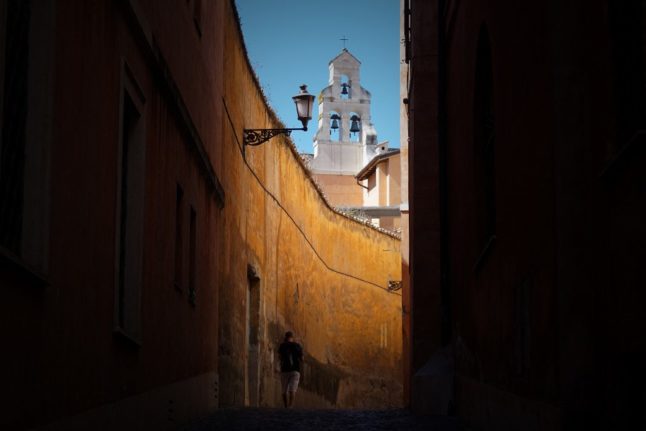
At the moment, Rome is an almost empty city. Many workers have either already left or are prepping for the month-long break. It’s mostly tourists roaming the streets under the sultry sun, amazed at seeing already quite a few ‘chiuso per ferie (shut for holidays) signs on restaurant and boutique doors.
August will be a dead month, and cities would turn into ghost towns if it weren’t for foreigners.
But what may not at first make sense to non-Italians (businesses closing down and losing money, people getting into debt just to go to the beach) is actually very clear.
Most Italians are never really broke. They may be facing hard times, and often do complain there’s not much work around, but at the end of the day they often have large families including grandparents who are still happy to splash out and fund those all-important holidays.
And it’s not unusual for people to have access to second homes at the beach, either their own or belonging to a family member, where they can stay for the entire month of August without spending any more than they would have if they’d stayed at home.
It’s no wonder, then, that Italy’s August holidays can’t be touched.

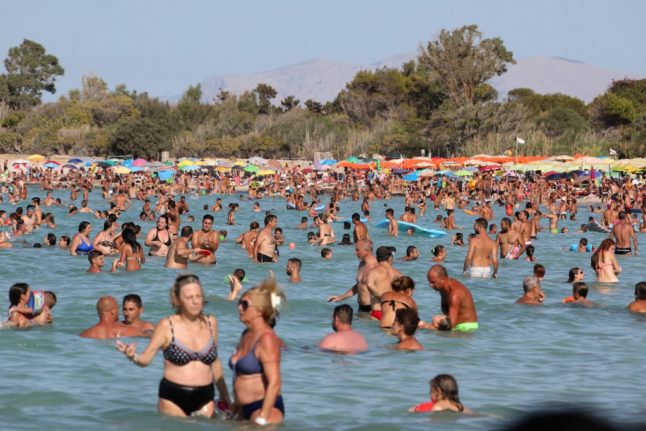

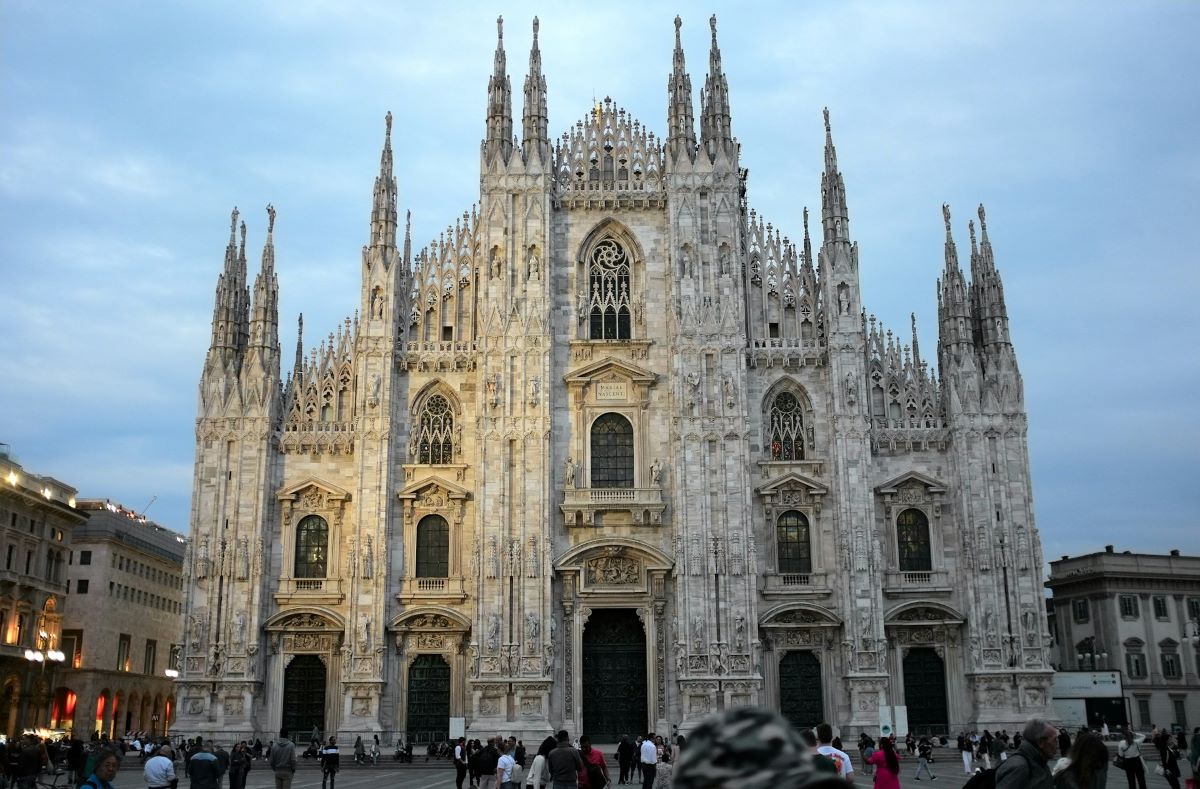
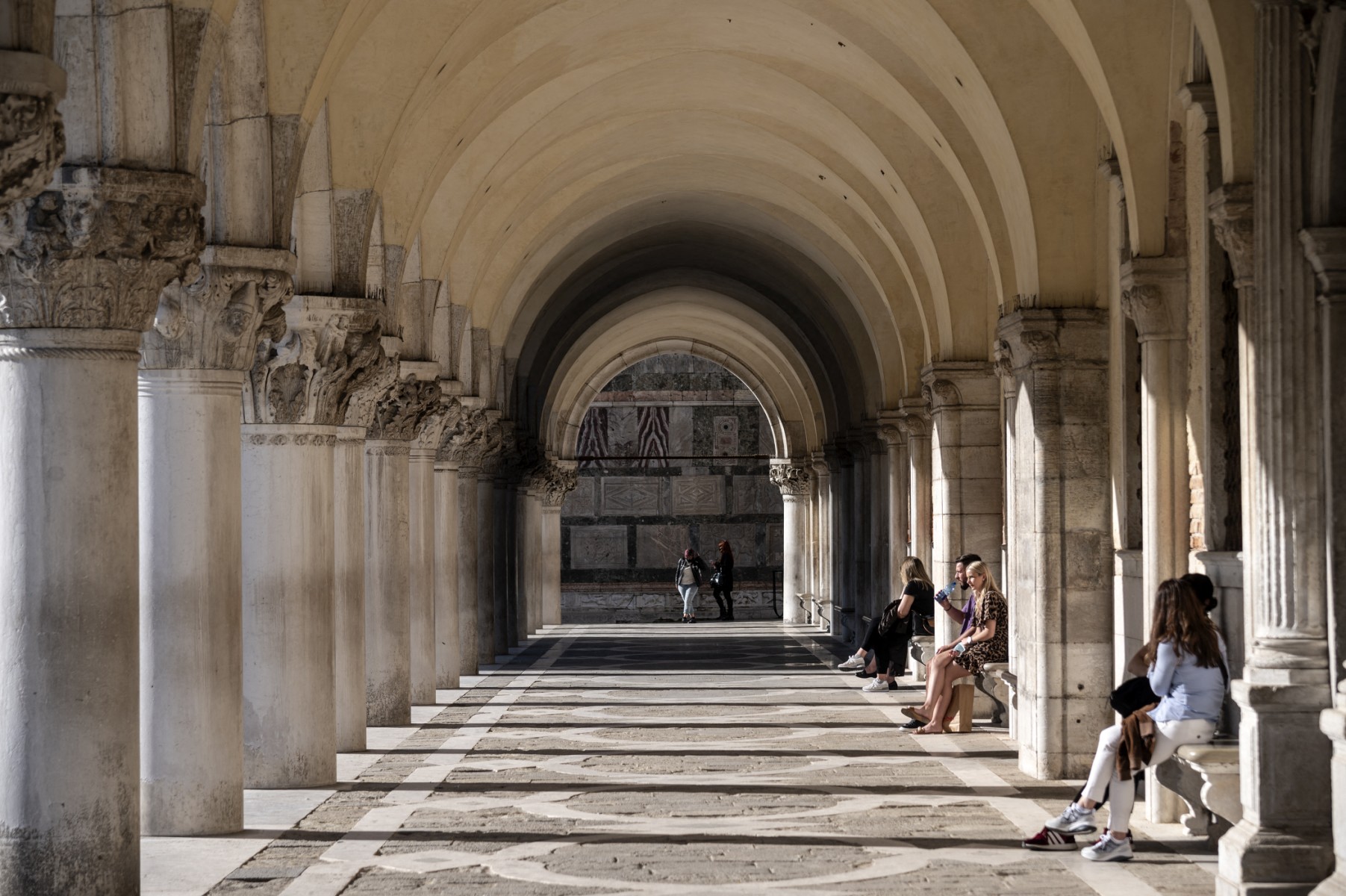
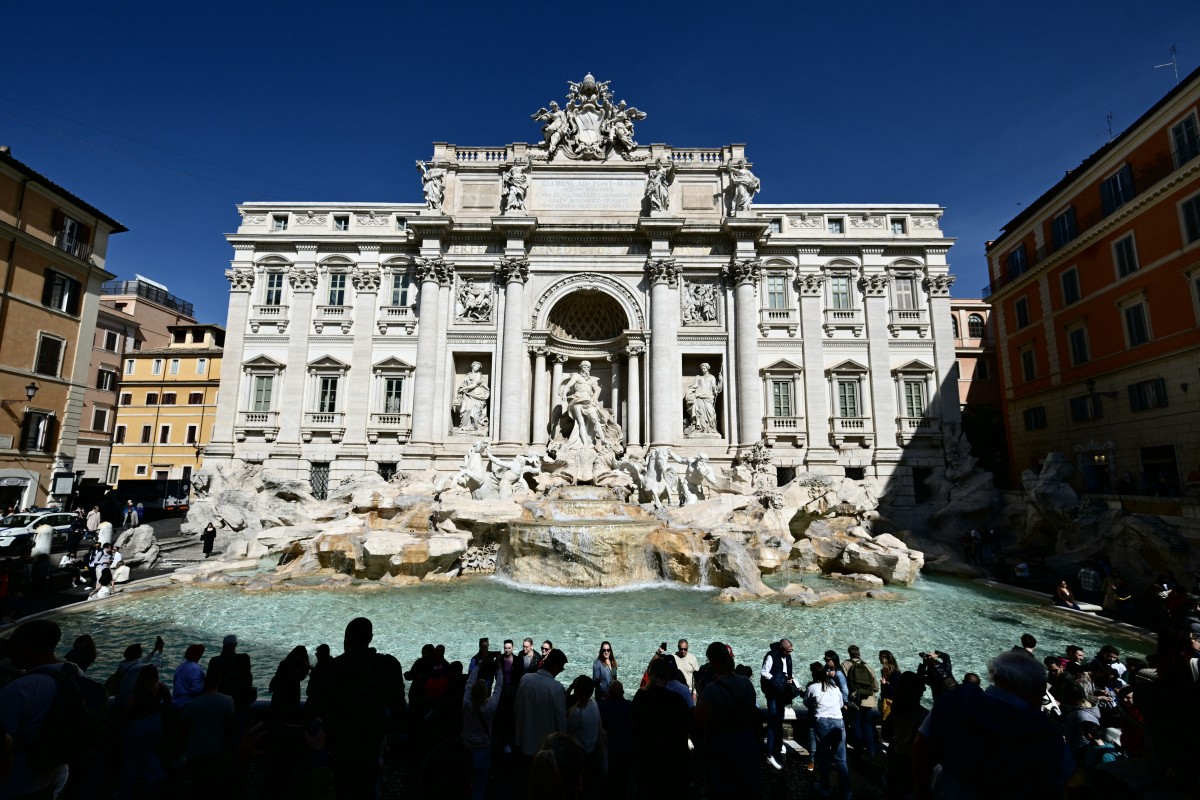
 Please whitelist us to continue reading.
Please whitelist us to continue reading.
Member comments